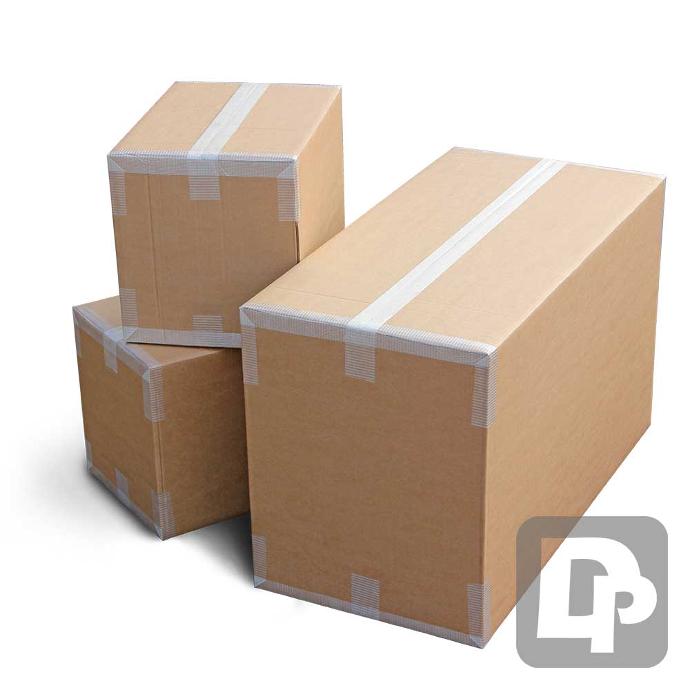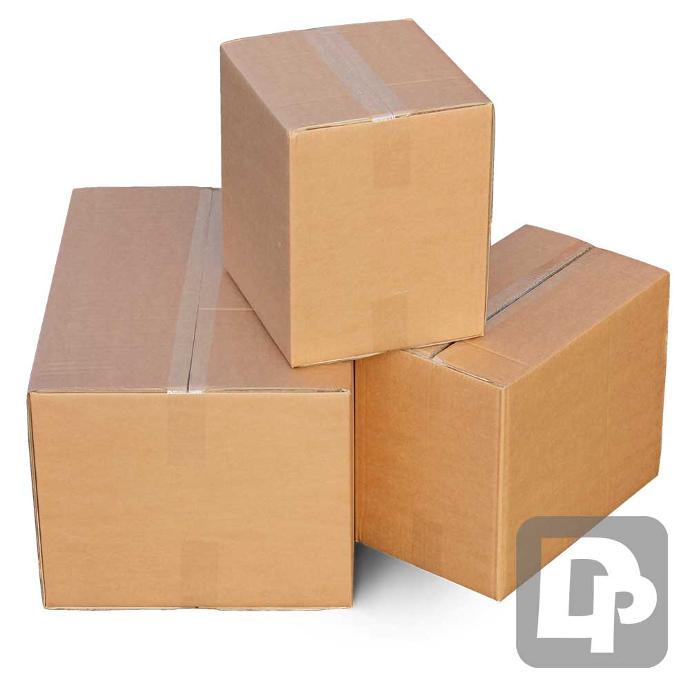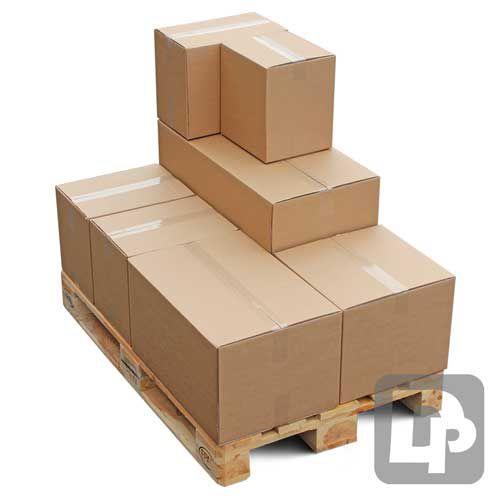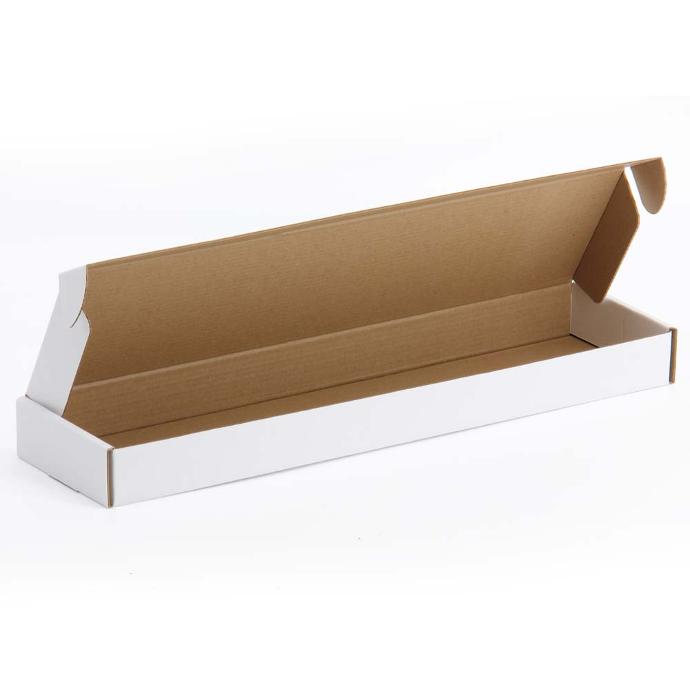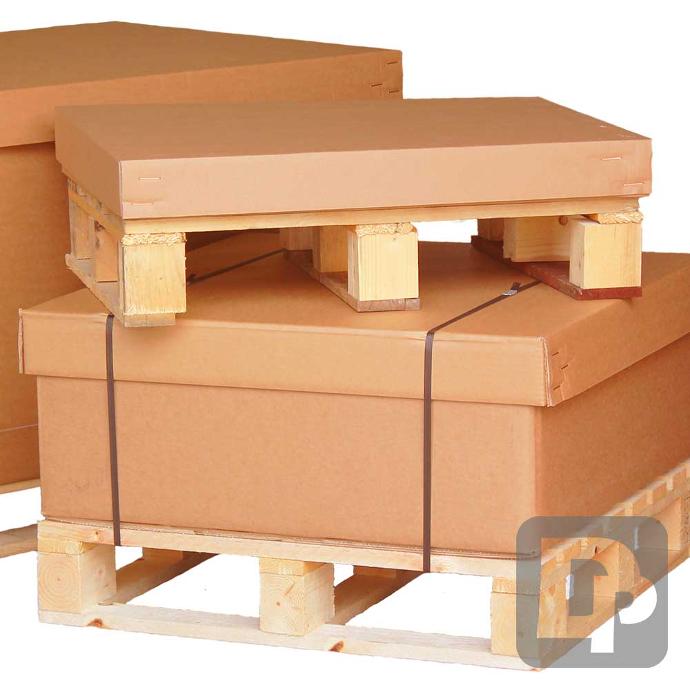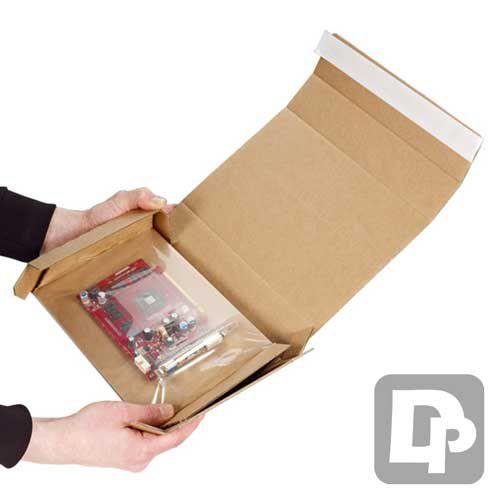Buy Cardboard Boxes
Cardboard packing boxes are boxes manufactured from cardboard that has a fluted paper layer sandwiched between two layers of flat paper. Although they are often a standard design with flaps top and bottom (known as an 0201 style), they also come in many different styles and each style has a specific code often known as a FEFCO code.
|
|
|
|
|
|
|
|
|
|
|
|
|
